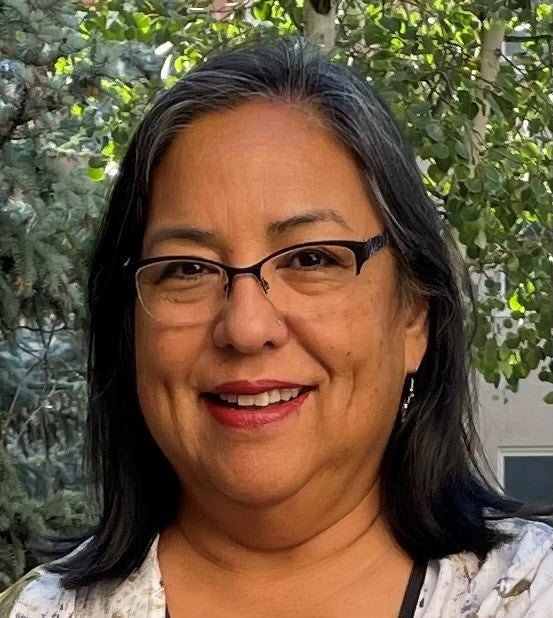Tina Benavente
As an artist who specializes in indigenous textile art, I feel that I have a unique opportunity to not only create beautiful and meaningful pieces of art but also to share the rich cultural heritage of my people; the Coushatta Nation of Louisiana and the Chamoru from the Micronesian island of Guam.

Artist's Full Biograpy
As an artist who specializes in indigenous textile art, I feel that I have a unique opportunity to not only create beautiful and meaningful pieces of art but also to share the rich cultural heritage of my people; the Coushatta Nation of Louisiana and the Chamoru from the Micronesian island of Guam. For me, textile art is more than just a medium or a technique; it is an expression of my identity and a way to connect to my ancestors.
Growing up and being from two different cultures across the globe, I was exposed to a variety of experiences. I was raised in a military family where we traveled to various places and I draw from those experiences. As a young child I remember my maternal grandmother’s quilts all around me. I believe that set the love of textiles in motion. At age 6, I asked my mother to teach me how to sew on her old Singer sewing machine so I could make clothes for my dolls.
As an Indigenous textile artist/surface designer, I am constantly inspired by the rich history of my cultures and the significance of textiles. I was surrounded by vibrant textiles that were used in our traditional clothing, ceremonial regalia and household items. Coushatta long leaf pine needle baskets are well known in the indigenous basket making world. I think of my grandmother every time I gather my pine needles to make a basket. The emphasis on making things was and is an important part of my life.
I am currently using techniques where dye, screenprint, stitch, weave, embroider and manipulate textiles/fiber to create art that is visually striking and culturally meaningful. One of the challenges of working with textile art is the amount of time and effort that goes into each piece. Every stitch, every color and every pattern is carefully chosen to convey a message or tell a story. My work seeks to explore the intersection of traditional techniques, contemporary and indigenous design that connect us to the past, present and future. I strive to create work that honors these connections while pushing boundaries to see the new possibilities.
Another challenge of indigenous textile art is the issue of cultural appropriation. Unfortunately, there are many examples of non indigenous artists appropriating indigenous designs and motifs without giving credit or compensating the communities that created them. I feel it is my responsibility as an indigenous artist to educate others about the importance of respecting indigenous art and culture.
In terms of my process, I am a firm believer in the power of experimentation and play. My main fabric and fiber choices are natural fibers like cotton, wool, silk, and linen and have recently incorporated plastic, beads, metal and wire. I also use clothing and household textiles from thrift and vintage shops to repurpose and recycle to give these items a second life that were tagged to go into the landfills.
My hope is that my work will inspire others to see textiles in a new light and educate others about the rich history and ongoing contributions of Indigenous cultures and art.

